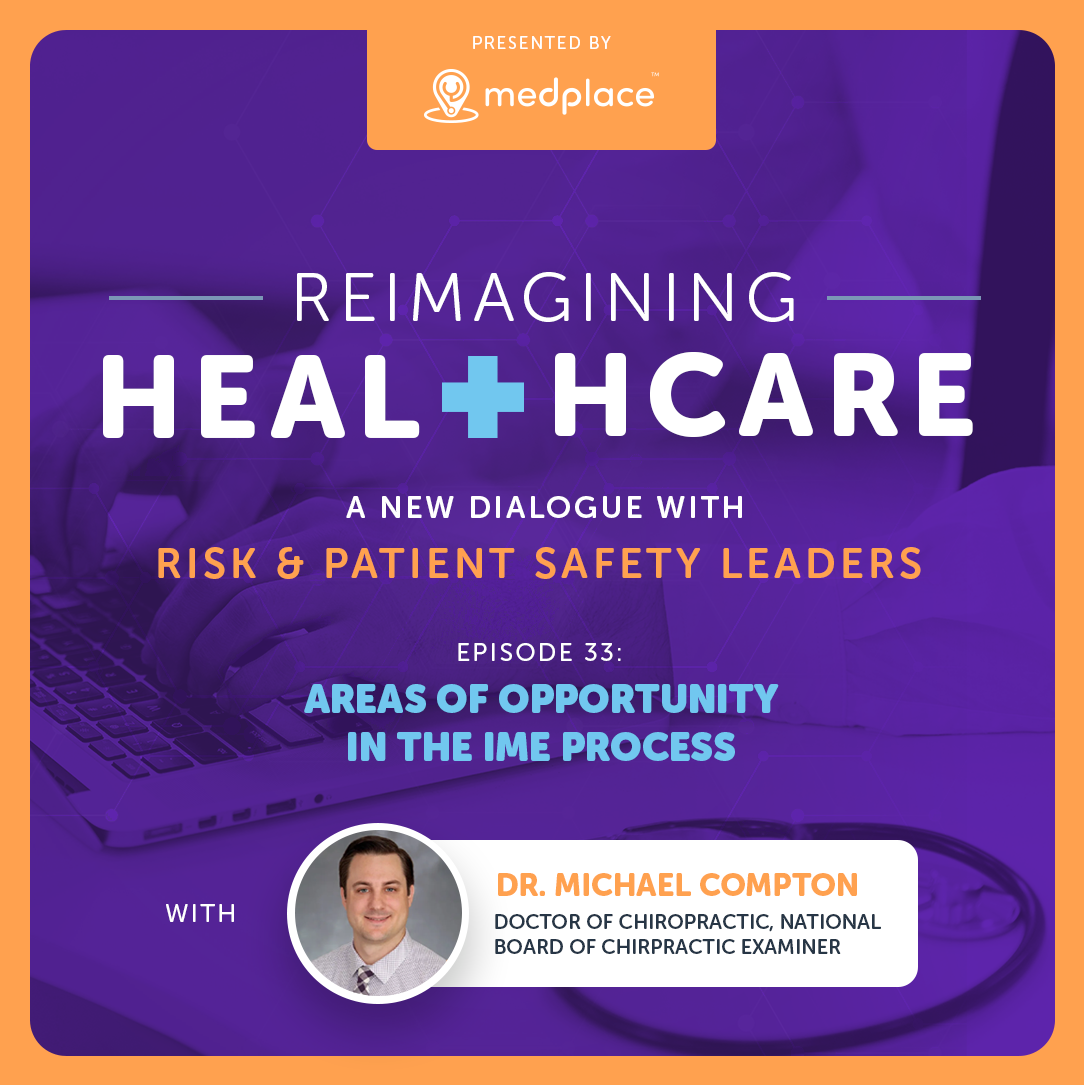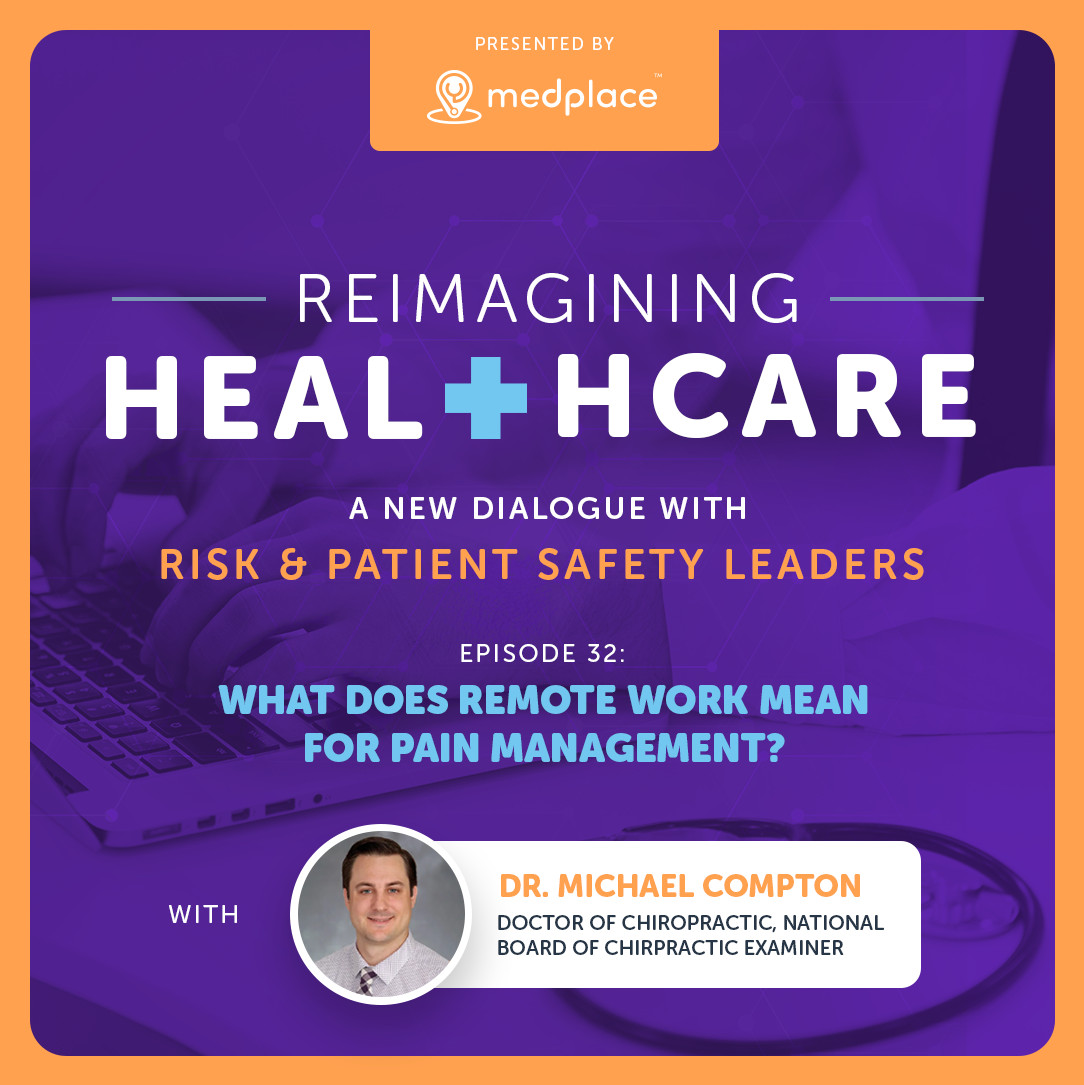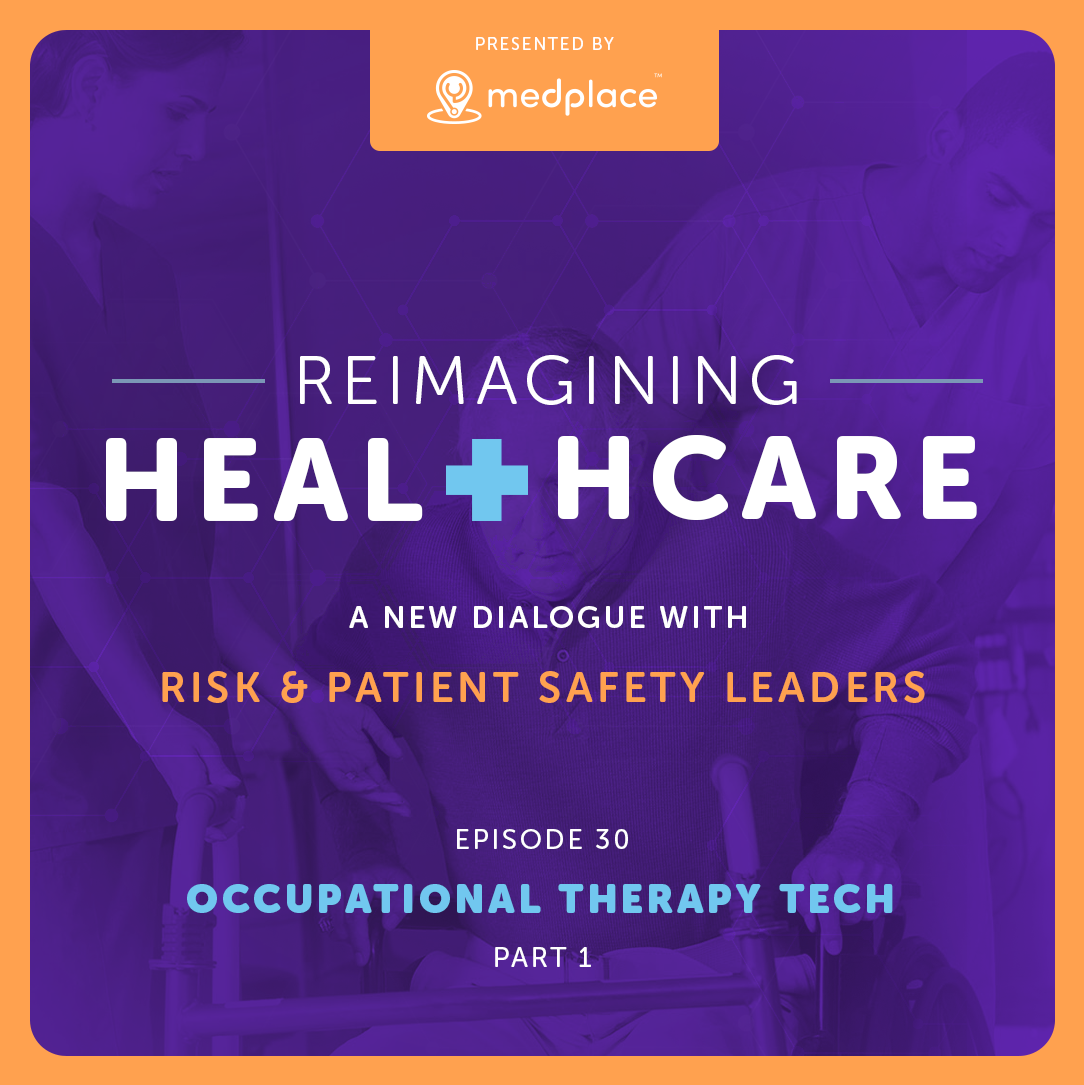Related Resources
Episode #32 - What Does Remote Work Mean for Pain Management?
Dr. Michael Compton, the founder of Renew Health, joins the Medplace podcast to discuss pain management and the independent medical exam (I...
Episode 31 - Heidi Carpenter - Streamlining Outpatient OT
What could OT 2.0 look like? Carpenter explains outpatient occupational therapy's shortcomings and brainstorms ways technology can streamli...
Episode 30 - Heidi Carpenter - ArizOTA & Assistive Technology
Heidi Carpenter, the president of ArizOTA, discusses technology and how it is transforming occupational therapy.





